How to Use Bulk Bags in Your Warehouse
If your warehouse deals with large quantities of materials, bulk bags—also known as FIBCs (Flexible Intermediate Bulk Containers)—can be a game-changer. These durable, versatile bags are designed to store and transport bulk materials efficiently, saving time, space, and resources. Whether you’re handling grains, powders, or construction materials, bulk bags can streamline your operations. In this article, we’ll walk you through the best practices for using bulk bags in your warehouse to maximize their benefits.
If your warehouse deals with large quantities of materials, bulk bags—also known as FIBCs (Flexible Intermediate Bulk Containers)—can be a game-changer. These durable, versatile bags are designed to store and transport bulk materials efficiently, saving time, space, and resources. Whether you’re handling grains, powders, or construction materials, bulk bags can streamline your operations. In this article, we’ll walk you through the best practices for using bulk bags in your warehouse to maximize their benefits.
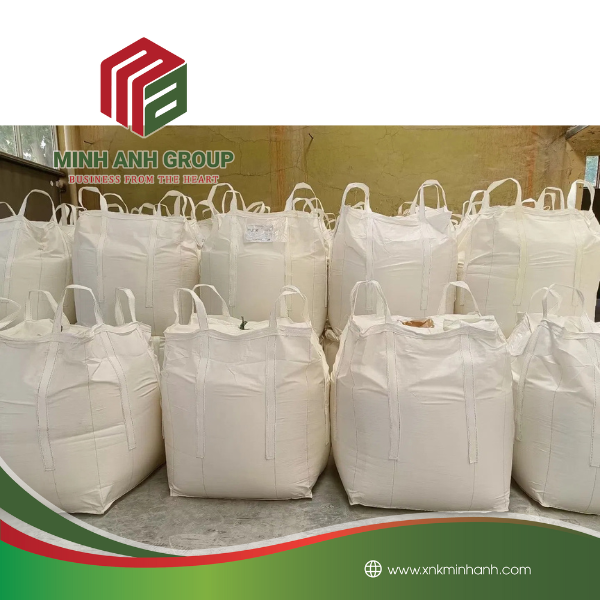
What Are Bulk Bags?
Bulk bags are industrial-strength containers made from woven polypropylene fabric. They are lightweight yet sturdy, capable of holding anywhere from 500 to 4,000 pounds of material. With features like lifting loops and spouts for filling and emptying, they are ideal for transporting and storing dry bulk goods such as sand, fertilizer, chemicals, and even food-grade products.
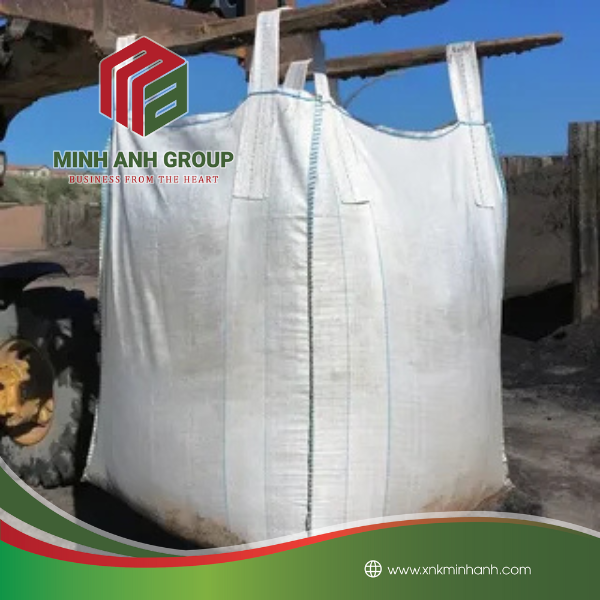
Why Use Bulk Bags?
Before diving into the how-to, let’s quickly cover why bulk bags are worth considering:
– Space Efficiency: Bulk bags can hold large volumes of material in a relatively small footprint.
– Cost-Effective: They reduce the need for more expensive containers or pallets.
– Eco-Friendly: Many bulk bags are reusable and recyclable.
– Ease of Handling: Their design makes them
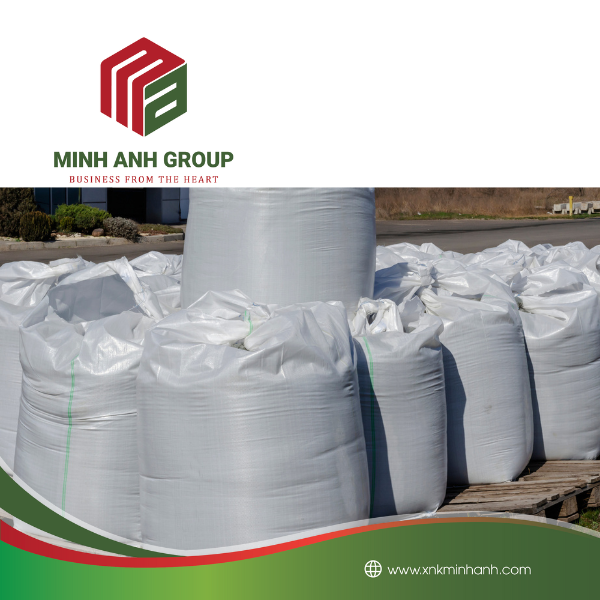
Hãy là người đầu tiên nhận xét “How to Use Bulk Bags in Your Warehouse” Hủy
Sản phẩm tương tự
Tin Tức Bao Bì
Tin Tức Bao Bì
Tin Tức Bao Bì
Tin Tức Bao Bì

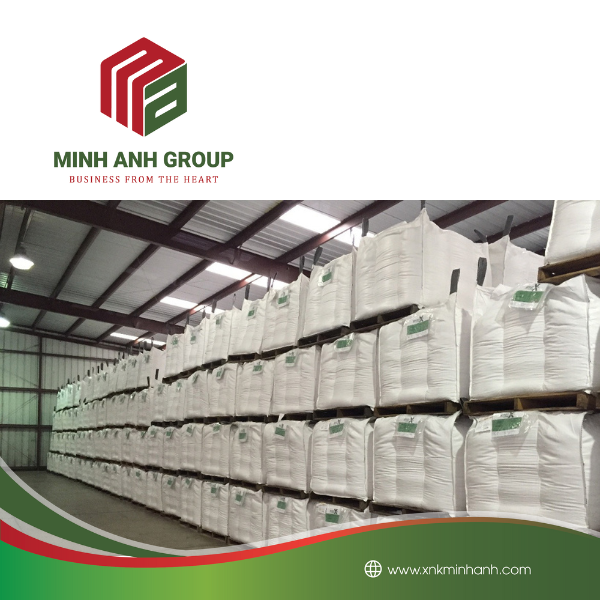
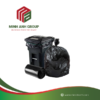
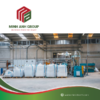











Đánh giá
Chưa có đánh giá nào.